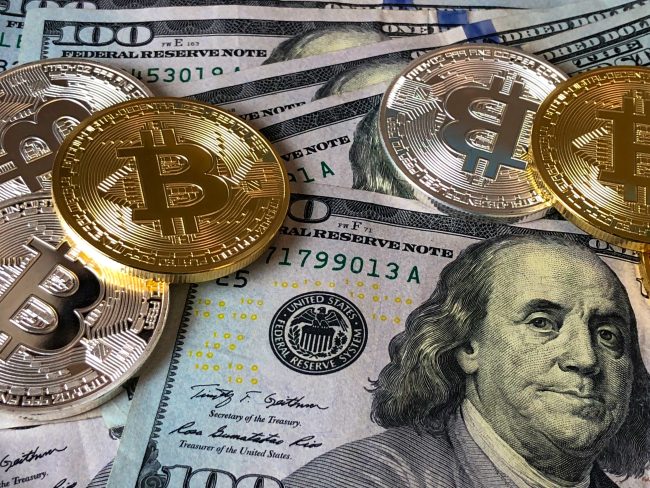
At the end of every month, do you find yourself wondering where your money went? Does a quick review of your bank balance reveal an unexpected $15 debit here or a $50 autopayment there? If so, you could be spending far more money than you realize. That means you’re not in as much financial command as you could be.
If this is your monetary reality, don’t freak out. There are steps you can take to reclaim control over your money. To hold on to more of your funds and create a better budget, don’t wait.
Check out these 7 ways to money saving tips you can make today:
1. Get a Secured Credit Card
Have you had more than a few months where you’ve fallen short and missed a rent or car payment? In that case, your credit has probably taken a big hit. A less than stellar credit score presents a big problem. It can make it hard to whip your finances into shape no matter how much you cut spending.
A secured credit card can help put you back on the right track. These cards are easier to qualify for because you secure them with an initial deposit or funds transfer. Use your secured card like a regular credit card and make regular, on-time payments. Over time, your credit score will start to rebound, and you’ll have more financial flexibility and control.
2. Watch Your Cellular Data
Whether it’s an iPhone or an Android, that hand-held device in your pocket does more than make phone calls. It gives you instant access to the internet. Using that minicomputer to log on from anywhere requires a data package. That can sometimes come with a hefty price tag.
It’s tempting to think you need an unlimited data package that could add $20-$50 to your monthly bill. Do you really need that much data, though? Most restaurants and stores offer free Wi-Fi for customers these days. If you take advantage of this perk, you’ll still have plenty of internet access even if you opt for the cheaper 2GB or 4GB data plan.
3. Brew Some Beans at Home
If you’re like millions of Americans, you relish a hot mug or two of java in the morning. Grabbing a cup of wake-up juice on the road, though, can start to slurp money out of your account. At most coffee shops, a small black coffee will set you back a couple of bucks. For a fancy coffee, you’ll spend even more.
So take a quick second and do the math. How much have you spent on barista-made coffee this month? The dollar figure may surprise you. Flip the script — invest in a coffee maker, buy some quality beans, and make your own cup of joe. Your bank account will be happier, and your kitchen will smell great!
4. Get Cooking
That coffee-to-go cup isn’t the only thing swallowing your money. Those nights when you take a break as your family’s chef contribute, too. Each time you slide into a booth, your bank account feels it. In fact, the average U.S. family spends nearly $3,000 every year on eating out.
Sure, dinner out is a fun break, and you’ll eat a few things you’d never cook for yourself. If you’re looking to be more financially solid, though, this is an easy one to let go. Get creative on your own. There are plenty of online cooking lessons to teach you new recipes. Consider bulk shopping for ingredients you use frequently. The money savings you bake up might surprise you.
5. Buy in Bulk
Speaking of buying in bulk, stocking up on items you use a lot can be a huge money saver. There are several big-box retailers out there these days. Yes, you will pay a yearly membership, but it’s worth it for the overall cost savings.
If you have a big freezer, you can buy lots of meat and veggies and divide them into individual servings. The big penny-pincher, though, is those huge packets of paper towels, toilet paper, and toothpaste. Invest in those bulk items, and you won’t have to buy them again for months.
6. Ditch Cable
Depending on how old you are, you might remember when cable TV was the new, cool thing. That’s so 20th century! Over the years, more channels have added lots of cool programming. This also meant higher fees. These days, cable can run you more than $100 monthly.
So what’s the answer? If you already pay for internet, cut cable and go streaming instead. There are tons of options available — Netflix, Hulu, Amazon Prime, AppleTV, and Sling, just to name a few. Some even offer access to your local stations for a fraction of the cost. With prices between $5 and $20 a month, streaming services — provided you confine yourself to a few — put money back in your wallet.
7. Nix the Pricey Gym
Was your New Year’s Resolution to get back into the gym and shed those pandemic pounds? Signing up for the gym is the easy part — their machines always look so cool. Actually going is tough. So ask yourself if you’re truly stepping inside to walk on the treadmill or lift weights. If not, you’re not alone.
Even with the best of intentions, you may find you’re not about the gym rat life. Roughly 50% of Americans cancel their membership within six months. Nearly a quarter say it’s because they don’t use it. With so many online workout videos and outdoor exercise options, go ahead and cut the gym out of your budget. It will help trim down your financial waistline.
Between small purchases and monthly autopay subscriptions, it’s easy to lose track of where your money goes. It can all add up to feeling like you’re financially out of control.
Don’t worry, though. Getting back in the driver’s seat isn’t too difficult. Use these seven tips to figure out what you’re shelling out cash for and whether it’s worth it. Your financial position will be stronger before you know it.
You can write more about money saving tips, write for us finance

